In this blog, I will review some of these areas in a bit more detail since we’re not time constrained.
Some of you may have seen our recent webinar, “Track and Reduce Carbon with Unified Planning, Scheduling and Execution” (listen to on demand recording). The webinar focused on how Aspen Unified PIMS™ can be used to reduce carbon emissions. Thanks to everyone who joined and especially to those who submitted questions! My colleague Luca Nicosia, Senior Principal Solution Consultant provided a nice 20-minute demonstration showcasing how to predict and reduce emissions in award-winning Aspen Unified PIMS, such as by modeling the effect of carbon taxation (e.g. EU ETS), considering a different crude slate, and sourcing green electricity.
Typically, the analysis we do with Aspen Unified PIMS is economically focused: We balance tradeoffs between different operating parameters to determine how it affects the gross margin of the asset. It’s important to note, however, that Aspen Unified PIMS can be used to make operations more sustainable by improving energy efficiency and enabling sustainability decisions such as sourcing renewable electricity for your plant.
As we more strongly integrate sustainability into our planning, we need to make sure that CO2 emissions are modelled accurately. Recall that CO2 emissions typically come from only a few sources, shown in figure 1 below for refining:
- Burning fuel gas for process heat, boilers, etc.
- Electricity generation
- Flaring
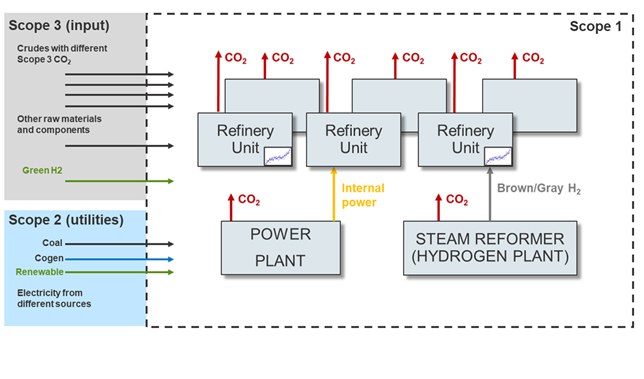
Figure 1. Simplified diagram showing emissions points in a refinery. We have a similar diagram for olefins, please contact the author if you’d like to see it.
Model Accuracy
Based on Luca Nicosia’s experience in refinery planning and looking at customer models, he told us that the vectors that model utilities had some of the lowest accuracy in the entire model—as low as 70-80% accuracy. This was due to the relatively small effect that energy costs had on overall profitability. However, now that carbon prices are climbing and sustainability goals are becoming more important, we need higher accuracy in modeling emissions. We recommend checking and updating utilities vectors using process data, comparing fuel rate to feed rate or other important operating conditions. Knowing the units at your complex which emit the most CO2 is also very important. For example, the FCC emits 30-40% of the CO2 of the entire refinery, and thus it is very important that the FCC model be accurate.
In order to maximize model accuracy, we recommend considering a new, award-winning technology, Aspen Hybrid Models™ which combines artificial intelligence with the thermodynamic models in Aspen HYSYS®. Finally, we deploy the AI Hybrid Model into Aspen Unified, including for Planning in Unified PIMS for Scheduling, and for Dynamic Optimization in GDOT™.
In summary, starting with your base+delta FCC model in HYSYS, which probably has about a 90-95% accuracy, you could build an AI Hybrid Model and increase the accuracy to over 99%. This accuracy is important as we model carbon emissions, so that we can make the best decisions to balance emissions, profitability, and production rate.
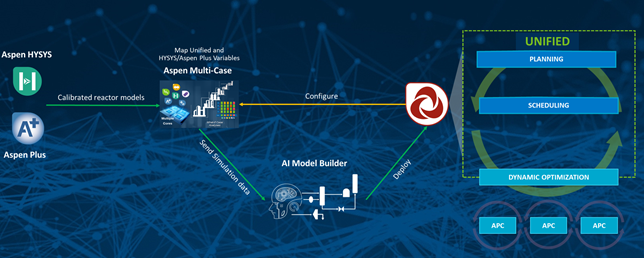
Figure 2. Aspen AI Hybrid Model development workflow.
Once we are confident in the model accuracy, we can begin to analyze the important tradeoffs between emissions, profits, and production rate. In the webinar we discussed a few examples of variables to analyze, such as carbon taxation, crude mix, hydrogen source (green, blue or gray), electricity source, and other various operating changes like cracking severity or product mix. The simplest way to do this analysis, as we showed in the webinar, is to solve the base case, and then add new cases limiting the total plant’s max CO2 emissions to 99%, 98%, 97%, etc. of the base case’s max, and then examine each case to see what changes the model made to accommodate the lower CO2 emissions. As we force AUP to reduce the total emissions, the optimizer will do so by minimizing the economic loss, and so by trimming the plants where the ratio between marginal profitability and CO2 emissions is lower.
Furthermore, one of the most important variables in analyzing this tradeoff is the carbon price. When we did the webinar on November 30, carbon was about 70 euros per ton, and now on January 3, 2022 it is over 80—it even looked like it was heading over 100 at one point.
Additionally, crude selection has a major impact on product mix, profitability, and emissions. The International Council on Clean Transportation (ICCT) studied “extraction-to-refining GHG emissions” of over 3000 oilfields and considered their emissions (see figure 2). We can add this data to our Unified PIMS model and compare the emissions across different crude slates. Also note the ICCT study includes Scope 2 emissions, not just Scope 1. While it is clear that operating companies cannot do a lot to control the Scope 3 CO2 emissions downstream of their production perimeter, a lot can be done in the areas of Scope 1, Scope 2 and upstream Scope 3.

Figure 3. Extraction-to-refining GHG emissions associated with imported crude oil.
Modeling both the carbon emissions of crude and applying the carbon price to our scope one emissions, Luca showed cases where the carbon tax was at 0, 25, and 50 dollars per ton. As the carbon price increased, the crude slate changed significantly (see figure 5).
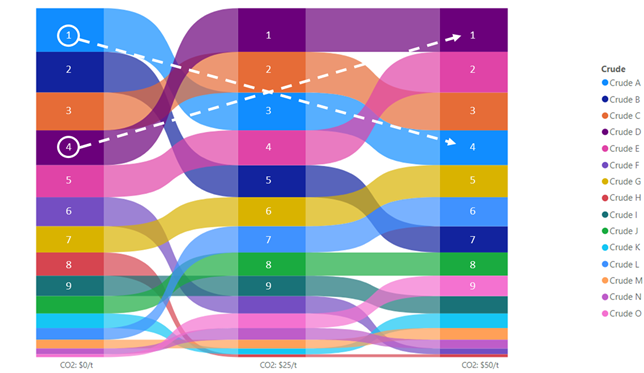
Figure 4. Comparing crude selection with carbon tax at 0, 25, and 50 dollars per ton. Notice how the best crude when carbon is free drops down to 4th best crude at $50/ton and the second-best crude drops to 7th.
Finally let’s talk a bit about electricity sources. Power generated from coal, natural gas or renewable sources will have a different CO2 impact. As solar, wind, geothermal and other renewable power infrastructure is built around the world, you may be able to purchase that renewable power to run your plant. (Fun fact: I live in Houston and purchase 100% renewable power for my home and my electric vehicle!) Your company may also be building the renewable power generation facilities, like a solar farm or wind turbines, near your refinery or olefins plant.
Let’s self-check our knowledge… If we make the electricity on site in our own power plant or cogeneration unit, which scope would the emissions be? Scope 1, right. And if we purchase the electricity, which scope? Scope 2, right. In the analysis below, we included Scope 1, 2, and 3 emissions in the model. To do a similar analysis, you will need to add the renewable power as a utility option with associated cost and CO2 emissions yield to the model. Once that is included, as you clamp the overall CO2 emissions, same as above, and you should eventually see the traditional fossil-based electricity reduce and be replaced with renewables, as shown in figure 6. In this case, we reduced CO2 by 5%, 10%, 15%, 20%, and 25%.
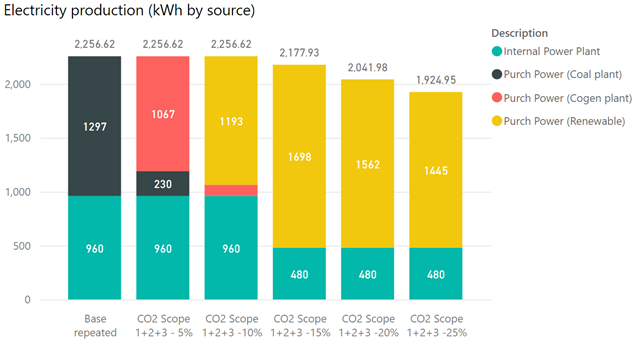
Figure 5. Example case set reducing CO2 emissions and substituting purchased.
Overall, the model changes required to do the analysis we are discussing include:
- Verify CO2 emissions are included in all relevant utility streams (fuel gas, steam, electricity, and to a lesser extent cooling water)
- Ensure CO2 emissions for all chems and categories are included in the PIMS model
- Designate emissions as Scope 1, 2, and 3. Scope 1 from your own operations, Scope 2 from purchased electricity and heating, and Scope 3 from scientific research, the crude supplier and other industry publications like S&P Global Platts Crude Carbon Intensity
- Optional but recommended – update and calibrate all process units’ energy intensity in the PIMS model with plant data (note: Aspen Hybrid Models and nonlinear equations can be very useful in this case)
- Create cases to study emissions, profitability and production rate (note: parametric analysis can be helpful for this)
- Create reports using analytics/visualization tools such as Power BI to view useful data such as overall emissions, emissions by unit, emissions by date, emissions plan vs schedule vs actual, and emissions by Scope 1 vs 2
Need help on where to begin? Start by contacting our Support or Sales resources in your region. If you are ready to start, you can review the sustainability models for refining and olefins (Aspen Unified PIMS and PIMS). Note: these links require a customer eSupport login.
Overall, I am personally very excited and grateful that sustainability is becoming more important globally. I fully believe this is the greatest challenge of our generation. Let’s work together to solve it!


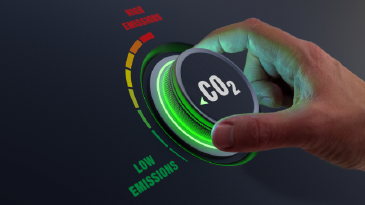
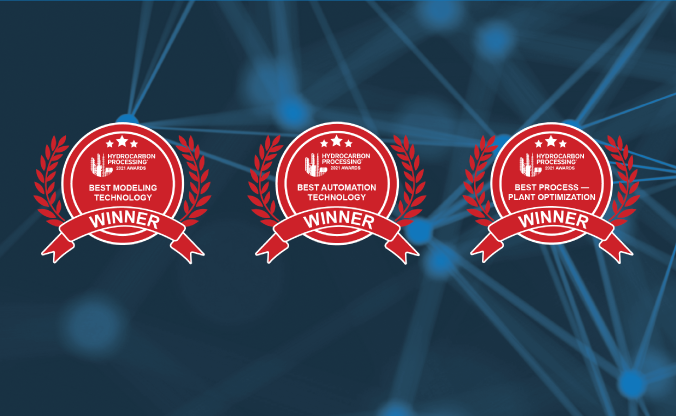
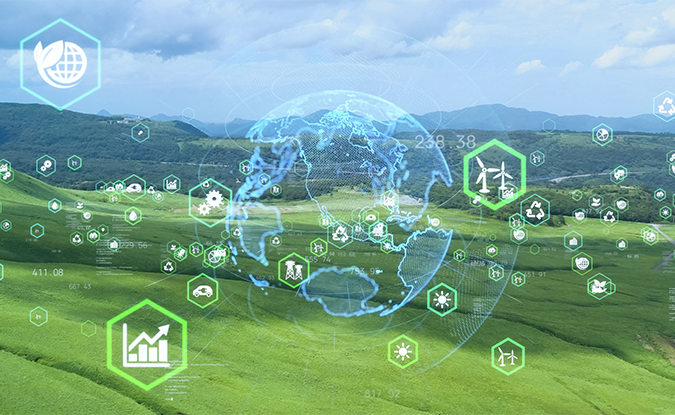
Leave A Comment